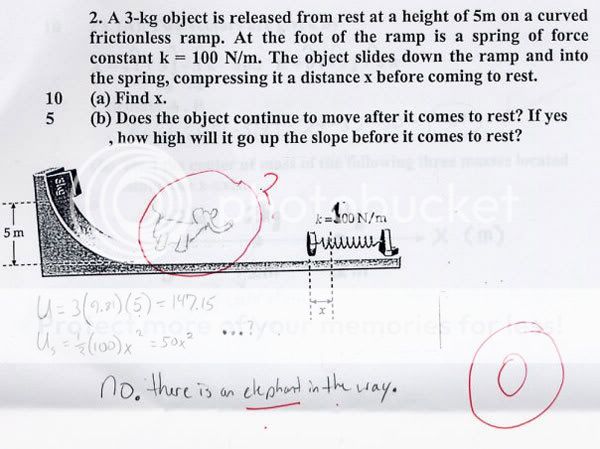If any of you here have taken multivariable calculus (particularly vector calculus) I need some help with a problem.
I know how to do it in general, from what I remember, you just take the partial derivative with respect to X, and plugin the X value, and then do the same for Y (of course you have to set the equation equal to Z). The general equation should be i + Ck for the tangent line in the X direction and j + Ck in the Y direction.

I know how to do it in general, from what I remember, you just take the partial derivative with respect to X, and plugin the X value, and then do the same for Y (of course you have to set the equation equal to Z). The general equation should be i + Ck for the tangent line in the X direction and j + Ck in the Y direction.

Last edited:




